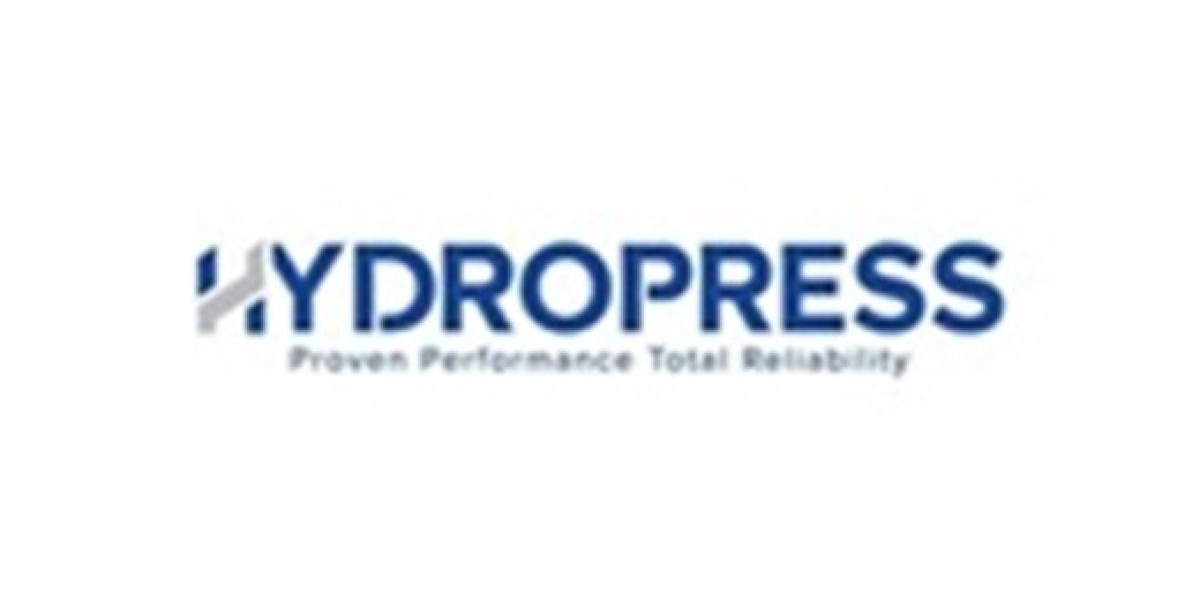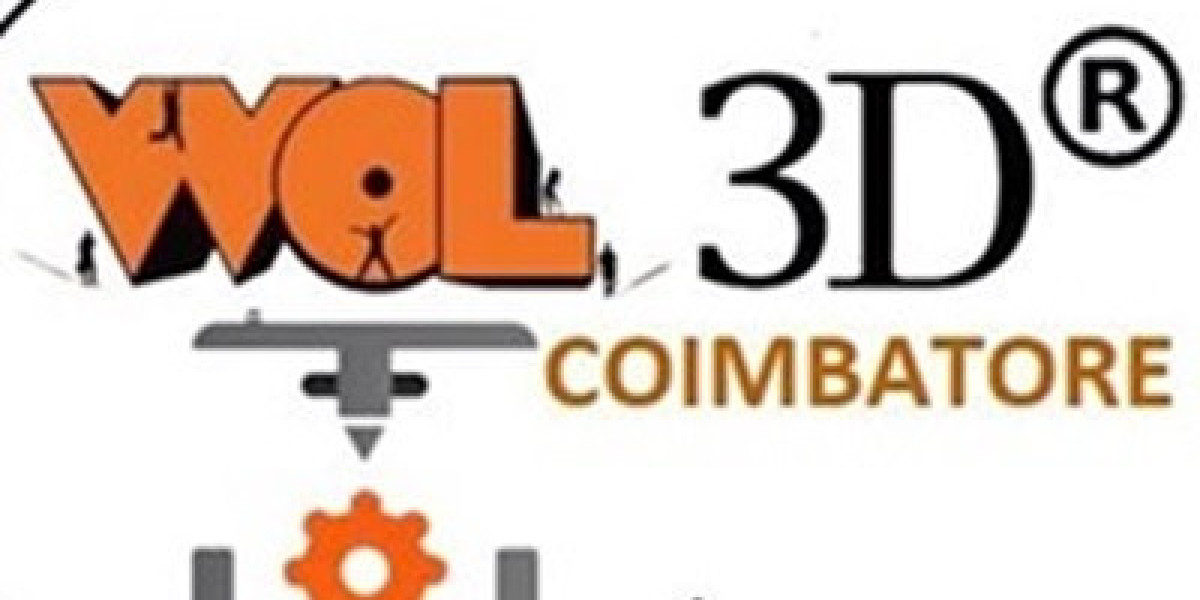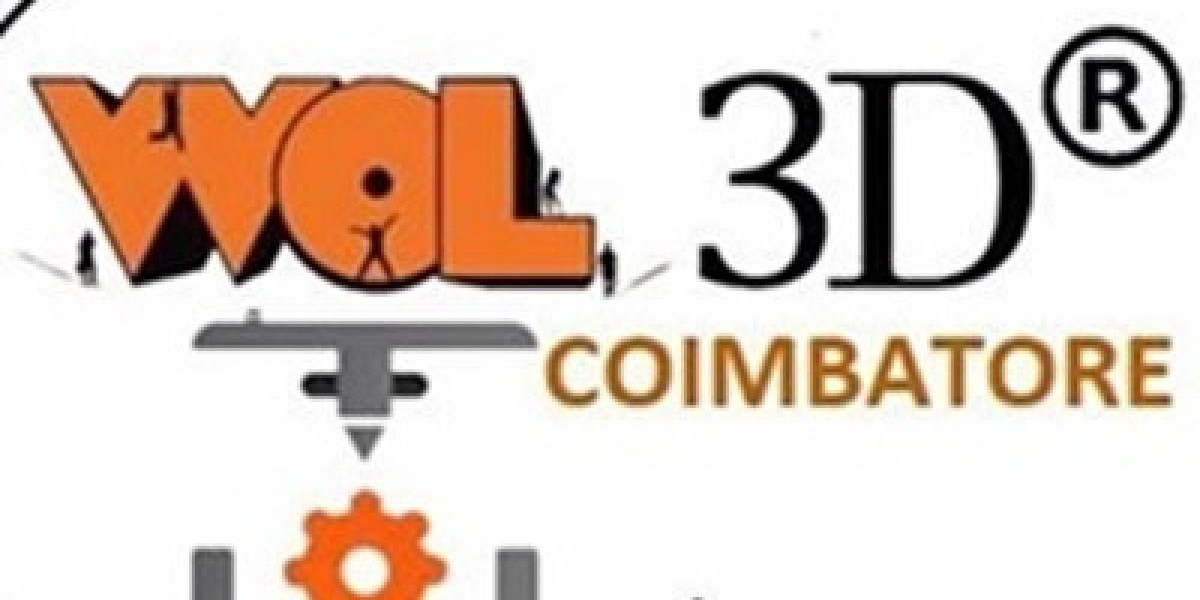1. Cytarabine (Ara-C)
A cornerstone in AML treatment, Cytarabine inhibits DNA replication, making it a vital component of combination therapies. Despite newer treatments, it continues to play an important role in induction therapy.
2. Daunorubicin
As part of the “7+3” regimen, Daunorubicin helps break down DNA within cancer cells. This chemotherapy agent has been a mainstay of AML treatment for decades, and its use continues to be refined in conjunction with other drugs.
3. Midostaurin (Rydapt)
Midostaurin brought a breakthrough in targeted therapy, specifically addressing FLT3 mutations in AML patients. It has shown significant efficacy when combined with traditional chemotherapy, representing a new era of acute myeloid leukemia medications.
4. Gilteritinib (Xospata)
A newer FLT3 inhibitor, Gilteritinib provides an oral alternative for relapsed or refractory AML. This medication is a key part of the growing arsenal of targeted therapies in AML treatment.
5. Venetoclax (Venclexta)
Used in combination with hypomethylating agents, Venetoclax induces cancer cell death by targeting BCL-2 proteins. This has proven to be a game-changer, especially for elderly patients, and is an important innovation among AML chemo drugs.
6. Azacitidine (Vidaza)
Azacitidine is another critical therapy for AML, especially for those who are not candidates for intensive chemotherapy. It works by modifying the DNA and helping cells revert to normal function, often paired with Venetoclax.
7. Enasidenib (Idhifa)
With its ability to target IDH2 mutations, Enasidenib has become a key drug in the personalized treatment of AML, particularly for patients with specific genetic mutations among emerging acute myeloid leukemia medications.
8. Ivosidenib (Tibsovo)
For patients with IDH1 mutations, Ivosidenib offers another example of precision medicine. It targets and inhibits the mutated enzyme, making it effective in treating AML with this genetic anomaly.
9. CPX-351 (Vyxeos)
CPX-351 is a specialized liposomal formulation of Cytarabine and Daunorubicin, designed to improve efficacy in high-risk AML cases, particularly those with therapy-related AML. This formulation represents a significant advancement in treatment strategies.
10. Magrolimab
Magrolimab is an investigational monoclonal antibody that targets CD47, a protein that allows cancer cells to evade the immune system. In clinical trials, it has shown promising results and may soon become a key part of the future drug treatment for acute myeloid leukemia.
Looking Forward: The Future of AML Treatment
As these 10 game-changing acute myeloid leukemia drugs revolutionizing treatment continue to advance, the outlook for AML patients is rapidly improving. By combining targeted therapies with traditional treatments, the landscape of AML care is becoming more personalized, offering better outcomes and survival rates than ever before.
Latest Reports Offered By DelveInsight:
Huge Unmet Needs in the Glioblastoma Multiforme Treatment Market Driving the Market Size Growth
Glioblastoma Multiforme Market: Emerging Pipeline Therapies To Keep A Keen Eye On
13 of the most commonly asked questions about Glioblastoma multiforme, Answered
Glioblastoma Multiforme: Advancements in the Treatment Paradigm of the Malignant Condition
Glioma vs. Glioblastoma Therapeutics Space: Unveiling the Battlefront
Latest Reports:-
radicava mechanism of action | how many people have cidp | therapy light benefits | internet of things in medical | health monitoring apps | cardiac monitoring devices | immunomodulatory drugs | izervay reviews | adenovirus stages | what is hemoglobinuria | peripheral artery disease prevalence | arteriotomy | orthopedic implant companies | ropressa | oceanic af | cervical dysplasia stages | tev-48574 | welireg fda approval | nevro hfx programs | axillary hidrosis | lentiginous definition | voquezna gerd | visiox pharma | fluid management systems | cln1 disease | can achondroplasia be treated








